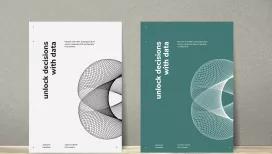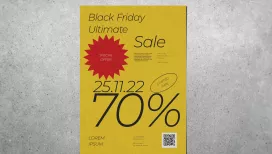Paper Size Overview: A0 to A7, DL, and Custom
Explore paper sizes from A0 to A7, as defined by ISO 216:2007, along with DL and custom options. Essential knowledge for printing, design, and stationery needs.
Paper Dimensions Overview
| Format | Width x Height (mm) | Width x Height (in) | Size Guide |
|---|---|---|---|
| A0 | 841 x 1189 | 33.1 x 46.8 | A0 Size Guide |
| A1 | 594 x 841 | 23.4 x 33.1 | A1 Size Guide |
| A2 | 420 x 594 | 16.5 x 23.4 | A2 Size Guide |
| A3 | 297 x 420 | 11.7 x 16.5 | A3 Size Guide |
| A4 | 210 x 297 | 8.3 x 11.7 | A4 Size Guide |
| A5 | 148 x 210 | 5.8 x 8.3 | A5 Size Guide |
| A6 | 105 x 148 | 4.1 x 5.8 | A6 Size Guide |
| A7 | 74 x 105 | 2.9 x 4.1 | A7 Size Guide |
| DL | 99 x 210 | 3.9 x 8.3 | N/A |
| Custom | Varies | Varies | N/A |
Visual Size Comparison

The A series uses an aspect ratio of 1:√2, which allows for consistent scaling between sizes. DL is designed to fit A4 paper folded into thirds, while custom sizes can be tailored to specific needs.
Common uses of different paper sizes
- A0-A2: Posters, architectural drawings, and large format printing
- A3: Larger diagrams, small posters, and larger spreadsheets
- A4: Standard office documents, letters, and magazines
- A5: Notebooks, booklets, and small flyers
- A6: Postcards, small notebooks, and invitations
- A7: Small cards and labels
- DL: Envelopes, flyers, and compliment slips
- Custom: Specific design needs and unique printing requirements
Printing considerations
When preparing files for printing, ensure your design software is set to the correct dimensions for your chosen paper size. For larger formats (A0-A2), you may need access to wide-format printers. Always consider the intended use and viewing distance when choosing a paper size for your project.
Frequently asked questions
What is the ISO 216 standard?
ISO 216 is the international standard that defines the A and B series of paper sizes, including A0 to A10. It's based on the German DIN 476 standard from 1922.
How are A series paper sizes related?
Each A size is half of the size of the previous one. For example, A1 is half of A0, A2 is half of A1, and so on. They all maintain the same aspect ratio of 1:√2.

